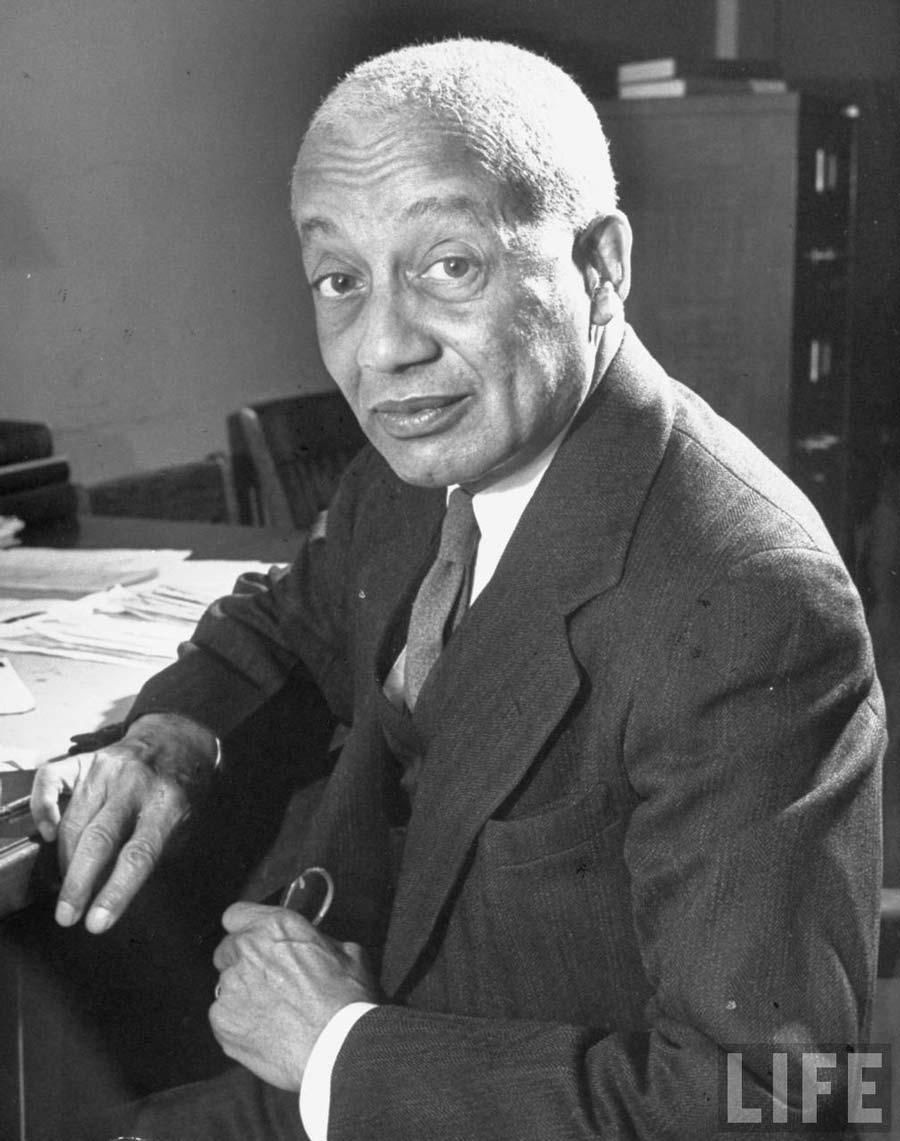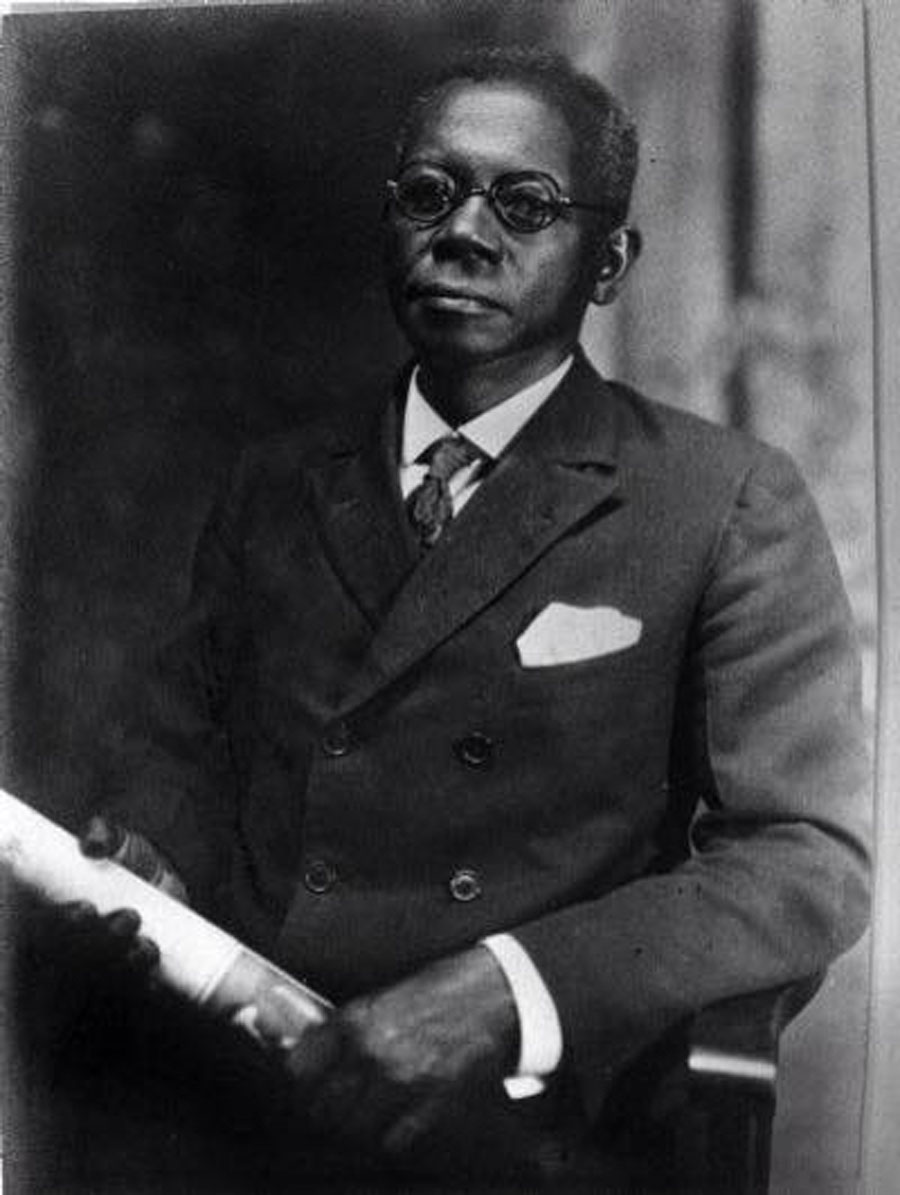The views expressed in our content reflect individual perspectives and do not represent the authoritative views of the Baha'i Faith.
In stark contrast to the prevailing Jim Crow era of enforced racial segregation in America, Abdu’l-Baha passionately advocated unity between black people and white people.
Indeed, Abdu’l-Baha encouraged interracial, intercultural, and international unity at every level of society. This was especially true in all his contacts with the early American Baha’is. For instance, in a letter dated August 3, 1921, Abdu’l-Baha wrote the following exhortation to a well known Baha’i, Miss Alma S. Knobloch:
Extend my respectful greetings to Mr. and Mrs. Mann. I supplicate to the Divine Bounties and ask that they may daily become more attracted, become two lighted candles of the love of God, and that the White and the Colored may, in their meetings, fall into each other’s arms. I also ask that Mr. and Mrs. Ashton may hold luminous meetings in their house and through thy help teach the Colored. – Abdu’l-Baha, tablet to Alma Knobloch (translated by Rouhi M. Afnan, Haifa, Palestine, August 3, 1921). Source: Translations of Tablets of Abdu’l-Baha Collection, National Baha’i Archives, United States.
Alma Knobloch had a connection with the early Miami Baha’is—who, in an extraordinarily progressive way in a racially repressive region and country, formed an integrated community of black and white believers.

Alma Knobloch at her home in Stuttgart, Germany.
The Local Spiritual Assembly (LSA) of the Baha’is of Miami was duly elected in 1926. We know this because the Miami LSA is listed in the “Baha’i Directory 1926–1927,” with Olive Kretz as Secretary. In a letter dated February 11, 1927, Olive Kretz gives these names as “confirmed Bahais in Miami:” Mr. and Mrs. Wm. M. Atwater, Mrs. B. M. Curbright (“colored”), Mr. H. DeBoer, Miss Corinne “De Armour” [sic], Mr. D. K. Dorsey (“colored”), Mr. and Mrs. John Grundy, and Mrs. Olive E. Kretz. This list represents nine Baha’is—the number needed to form a Baha’i Local Spiritual Assembly.
Obviously, the Miami Baha’is had done what Abdu’l-Baha taught—established a community where African-Americans and white Americans worked together in unity.
This archival letter expands on that list, offering more details about the Miami Baha’i community and its outreach to people of color:
During the past year activities in the state of Florida have attracted especial attention, and it is in this rich field for Bahai service that the efforts of our Committee have been concentrated. . . .
Mr. and Mrs. McNutt and Mr. and Mrs. Grundy reached Florida last November after touching Bahai centres [sic] in Athens and Augusta, Ga., Jacksonville, St. Augustine, Stuart, Orlando, Lakeland and Indian Rocks, Fla. They purchased a charming home in Miami and with the cooperation of the Atwater family, Mrs. Kretz, Miss Sunshine, and other friends, established a new spiritual assembly in that city. Fine meetings for inquirers have been held in thier [sic] home throughout the entire Winter, and a weekly meeting is being conducted regularly at the Dorsey Hotel, a centre for the progressive Negro population of this Southern metropolis. Its owner, Mr. D. A. Dorsey, is a colored financier, highly regarded by all the promoters of Greater Miami. Having accumulated more than five million dollars, [Mr. Dorsey] is now actively engaged in founding a Model Negro City near Miami, in which he has donated a site for a [Baha’i House of Worship]. – Louise D. Boyle, Agnes Parsons, and Louis Gregory, Report of Southern Regional Teaching Committee, April 15, 1926), quoted in the minutes of the “Eighteenth Annual Convention of the Baha’is of the United States and Canada April 29—May 2, 1926.

Alain Locke
This report goes on to mention “a cultured German, Mr. Max Eichenberg,” who decided to work with Mr. Dana Dorsey on this project. Both “have accepted the [Baha’i] teachings whole-heartedly through the labours of Mr. Gregory and Mr. McNutt.” The report also mentions a “Mrs. Lula Alexander, an illumined Negro woman recently confirmed and the Cause.” – Ibid., p. 74. The report then says that the African-American dean of the Harlem Renaissance and Baha’i Alain Locke “will make a return visit to the Daytona Industrial Institute in May, and at that time will visit Mr. Dorsey of Miami as his guest to confer on educational plans for the new city.” – Ibid., p. 76.
On Jan 17, 1928, a letter from the Miami LSA gives five names “who answer the qualifications in your letter”: Mrs. Margaret Atwater, Mr. William M. Atwater, Miss Corrinne d’Amour, Major A. C. Goggins (“colored”), and Mrs. Olive Kretz.
On April 11, 1928, Alma S. Knobloch wrote a letter listing four new believers “in the last six weeks”—one of who is named “D.A. Dorsey” (“colored”).

Dana Albert Dorsey
Also in 1928, the LSA election form lists only Mrs. Olive Kretz as Secretary. But, on the back, nine names are typewritten, with three individuals identified as “colored”: Mrs. S. E. Thompson, plus D.A. Dorsey and Major Goggins.
There is also a note that African-American and white believers “can not” meet together at that time. As for the difficulty in meeting interracially, the note goes on to say: “Alma Knobloch will explain fully how things were when she was here—they have not changed.”
Something very wrong happened in Miami during 1928. No further details are available at the time of this writing. Suffice it to say that the Miami Baha’is made notable and noble efforts to cross the racial divide under adverse circumstances. Perhaps there were threats from the Ku Klux Klan, which was very active in the greater Miami area during the period, as it was throughout the South and other parts of the United States. In any case, the inability of the Miami Baha’is to mix interracially in 1928, and afterward, would have been due to external forces beyond the immediate control of the Miami Baha’is themselves. This may explain why subsequent records from the Miami Baha’i community are silent regarding these illustrious African American Baha’is.
For a brief period of time, the Miami Baha’is succeeded in achieving and enjoying interracial harmony and friendship, which was far from the norm during the Jim Crow era.
















Comments
Sign in or create an account
Continue with Googleor